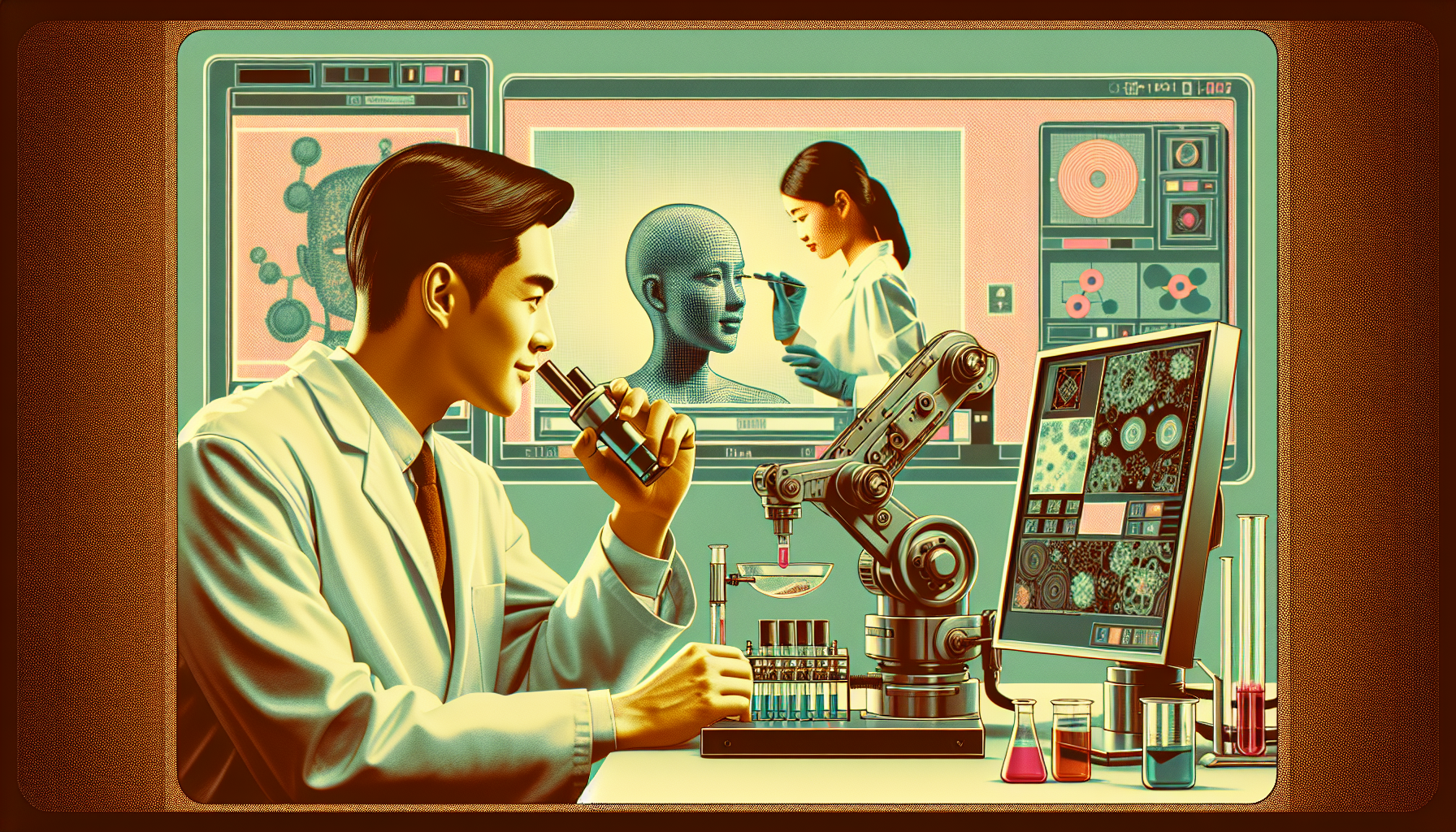A groundbreaking shift is unfolding in the world of chemical analysis. Thanks to new advances in machine learning and robotics, it is now possible to determine what chemicals are present in a sample simply by looking at detailed images. This approach is opening doors for faster, more accessible, and less expensive analysis, speeding up discoveries across science and industry.
Machine Learning Unlocks Chemical Secrets in Images
At Florida State University, a team of researchers has developed a remarkable technique. Instead of spending hours with specialized equipment, they use artificial intelligence to study photographs of chemical samples. Imagine a drop of salt solution drying on a surface and leaving behind tiny crystals. These researchers take high-resolution images of these patterns, which often have unique shapes and symmetry depending on the chemical present.
Machine learning algorithms then analyze these visual details. Each sample creates patterns that act like chemical “fingerprints.” By training their models with many different images and known chemical compositions, the AI can soon recognize, with impressive accuracy, which compound is in a new sample—just from the image.
Robotics Ensures Accuracy and Speed
Automation is key to making this process reliable. The FSU team built a specialized robotic drop imager. This robot can prepare chemical samples on its own, carefully placing droplets onto surfaces, letting them dry, and using an automated camera system to capture sharp, consistent images.
Unlike manual methods, this robot never gets tired or careless. It prepares samples exactly the same way every time and can photograph up to 2,500 samples daily. This high-speed, high-quality image capture gives researchers huge amounts of data. With these bigger, more precise data sets, the AI learns faster and makes better predictions.
Big Data, Better Predictions
Through this system, the researchers have built a database of more than 23,000 images, covering a wide range of different salts and their concentrations. The analysis software is sophisticated—it examines up to 47 different measurements for each sample, looking for patterns that humans cannot easily see.
The results are impressive. Their models can correctly identify both the type of salt and its concentration about 92% of the time. If only the type of salt matters, ignoring concentration, the accuracy can soar to 99%. This level of precision shows how powerful the combination of robotics and AI can be.
Beyond Pictures: Smarter Chemical Analysis
Other teams are building even more advanced systems. For example, IR-Bot is a robot that not only takes images but also uses infrared light to study chemical mixtures. This system blends several technologies: robotics, infrared spectroscopy, quantum chemical simulations, and machine learning. IR-Bot compares experimental data with digital “simulations” and uses its trained AI to instantly report what’s in a sample—even explaining which chemical features produced the results.
By linking rapid data collection with real-time analysis, such systems can adjust their experiments on the fly, optimizing results and reducing waste.
Looking Ahead: Democratizing Discovery
These advances point toward a future where chemical analysis may be as simple as taking a picture, with high-accuracy answers delivered on the spot. This could make chemical testing possible in far more places—outside labs, in factories, even in the field with tools as simple as a smartphone. Tasks that once required expert training and expensive equipment could become routine and accessible to many more people.
The shift also allows for dynamic experimentation. With rapid feedback, researchers can refine experiments as they go, accelerating progress and reducing mistakes.
—
New methods combining robotics and artificial intelligence are transforming chemical analysis, making it faster, more accurate, and far more accessible. This work could shape how we research, monitor our environment, ensure safety, and control quality in industries for years to come. The promise is a world where understanding chemistry becomes almost as easy as taking a photo—guided by the quiet precision of machines and the smart learning of AI.

Leave a Reply